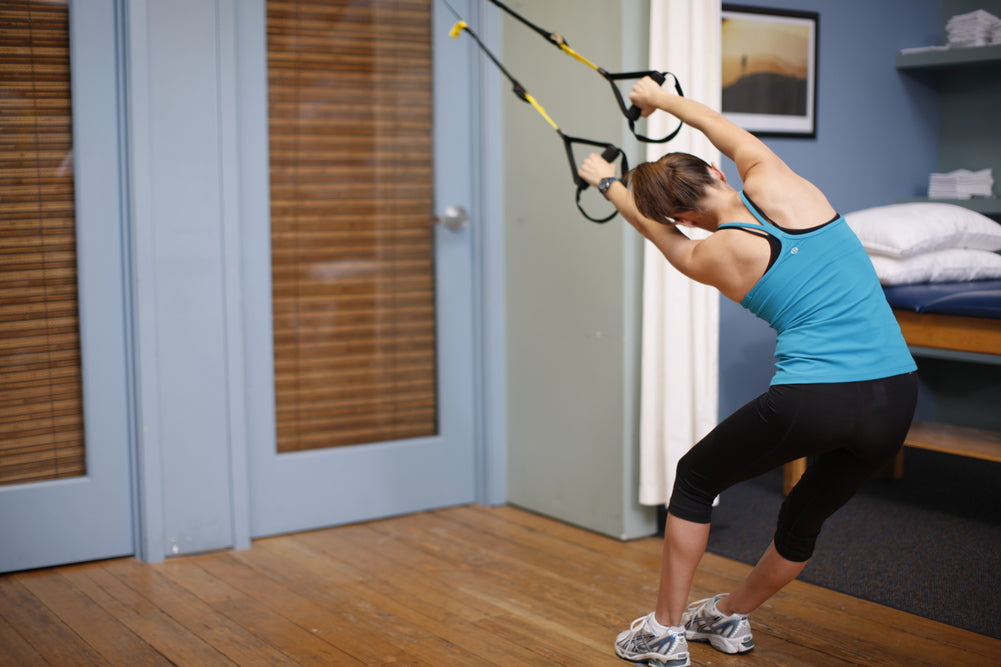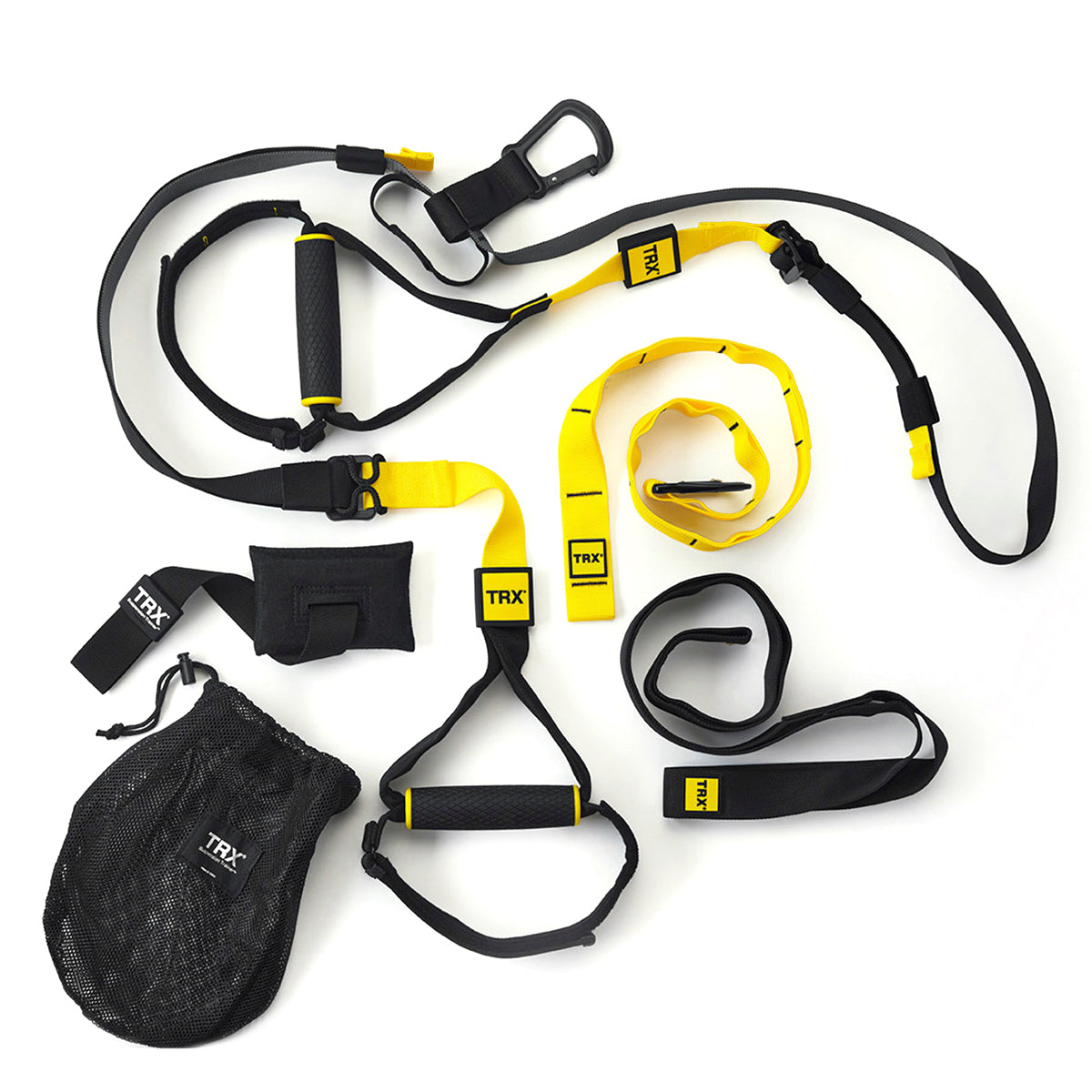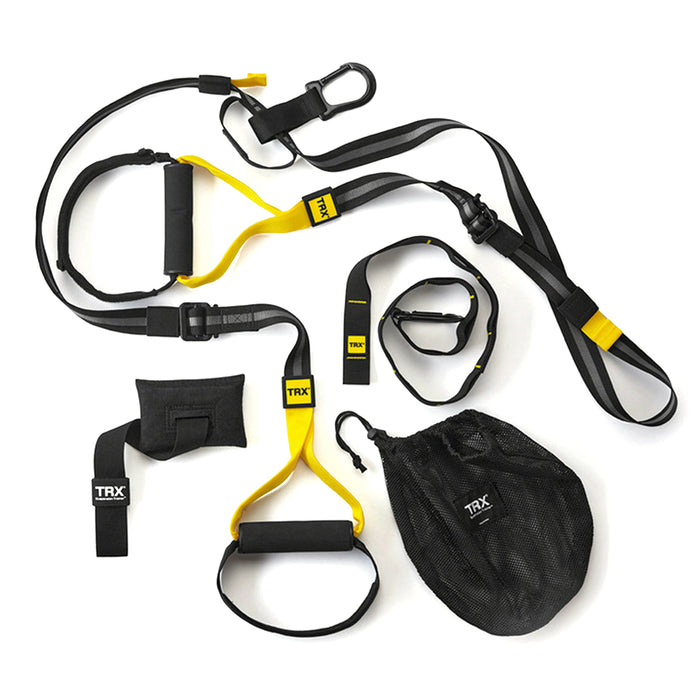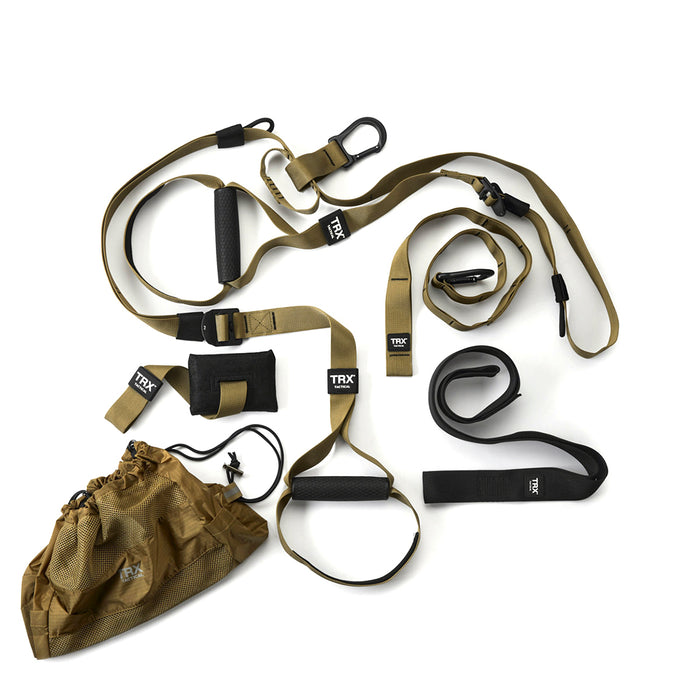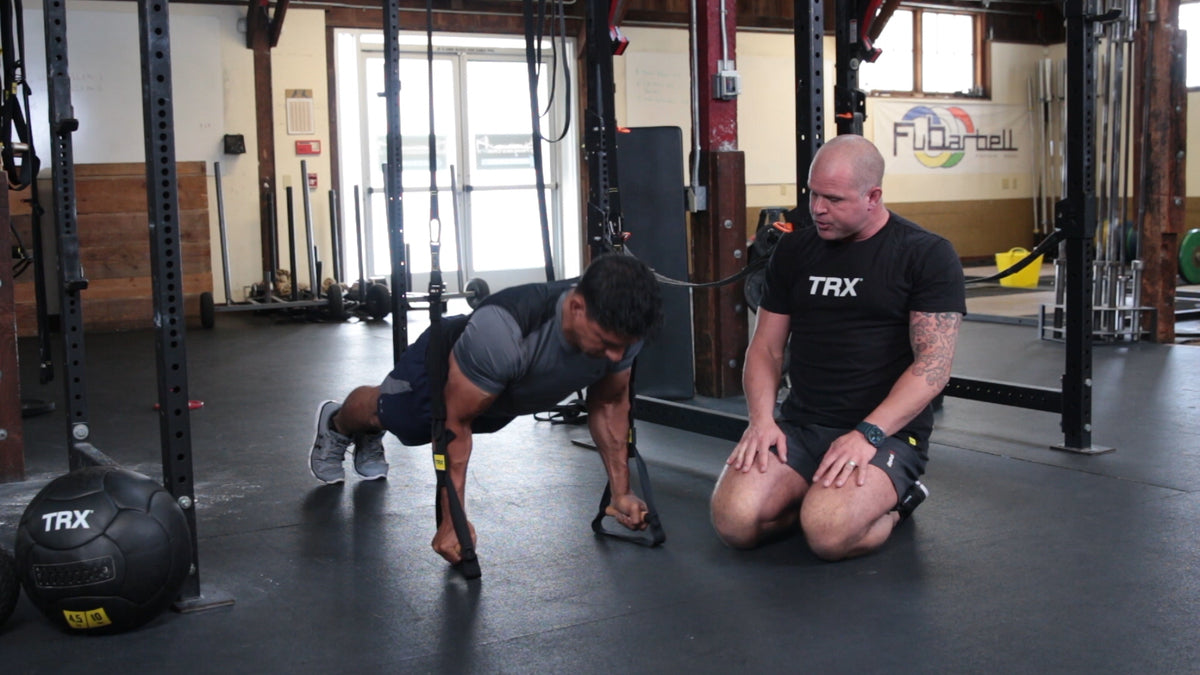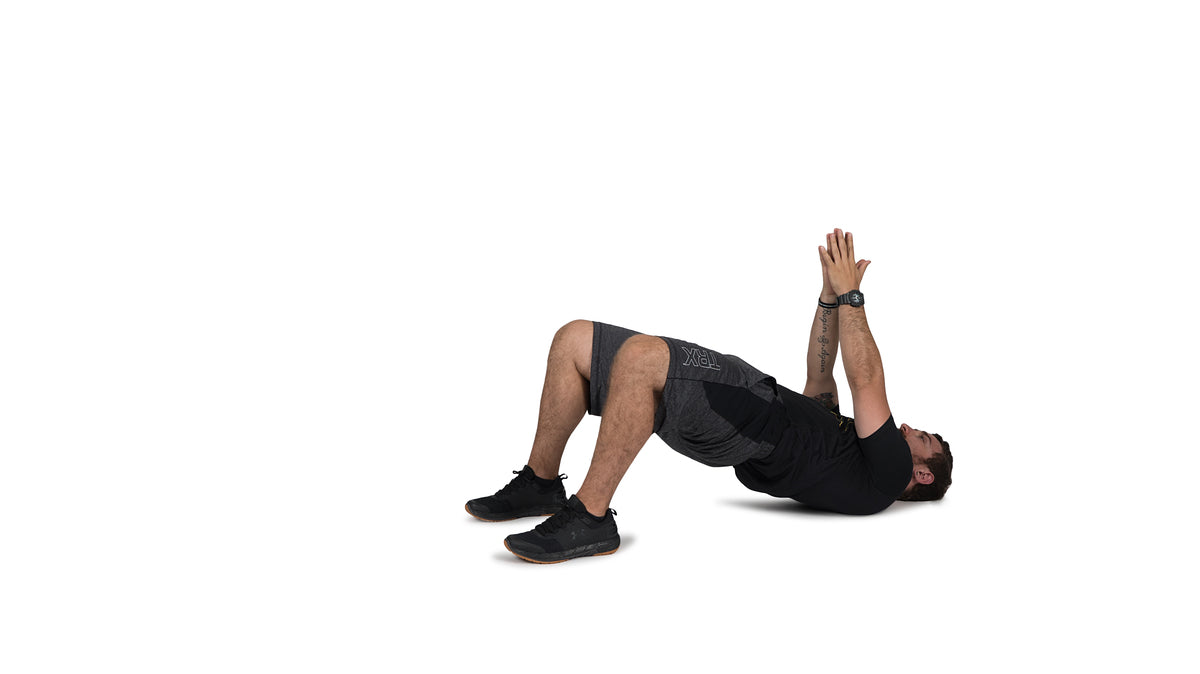Your mobility is determined by how well your joints can move through a specific range of motion. This can affect a number of activities, such as working out, running, and even sleeping!
In order to stay mobile, you should include mobility exercises in your daily routine. Today, we’ll look at twelve of the best movements you can do for mobility and leave you with a sample workout that you can practice today. Are you ready? Let’s get started!
Not only is this important to get the most out of your workouts, but it’ll also affect many of your daily activities. It’s also important to understand the difference between mobility and flexibility. If you want to be able to tie your shoelaces pain-free, now and as you age, here’s what you need to know.
Why Should You Do Mobility Exercises?
Have you ever heard of the term: if you don’t use it, you’ll lose it? Have you ever experienced stiffness from excessive sitting or spending too long scrolling on your phone? Keeping your joints immobile for extended periods of time can cause strain in different areas of your body. If not fixed, this could potentially lead to poor posture and muscle pain.
The Benefits of Mobility
Luckily, it’s never too late to start working on your mobility and there are plenty of benefits that come with mobility exercises. Even setting aside fifteen minutes to try some of the stretches listed below will lead to the following benefits:
- Reduced risk of injury. Improving your joint health will reduce the likelihood of another muscle or joint picking up the slack and working overtime. For example, if you find your lower back excessively rounding on a deadlift, your thoracic spine lacks the strength and mobility to pick up the weight. This results in your lower back compensating to support the weight. Improving mobility can help you move more freely with more weight and, in turn, significantly reduce your risk of injury.
- Increased strength. Having no pain and a full range of motion in a joint will allow you to move optimally. For example, developing your ankle, knee, and hip mobility will allow you to squat deeper. This can improve your technique and result in consistent load progression. (Hello new PR!)
- Improved body awareness. Incorporating mobility exercises into your daily routine will increase the improvements you see in your overall fitness level. Mobility helps you move better and, with better movement, you can get more from your workout. Even with five minutes of mobility stretches a day, you’ll see results from your work.
Make sure to not confuse mobility with flexibility. While mobility and flexibility have the same objective, the difference between the two is apparent. Mobility is a more active movement in a range of motion while flexibility is a passive movement.
What You’ll Need for the Exercises
You can start doing mobility exercises today without much equipment. That said, utilizing things like resistance bands, kettlebells, and weights will provide resistance. Added resistance can lead to progressive overload. So, not only will you have a higher range of motion, but you’ll also have stronger muscles.
This is the gear we recommend you use for the exercises below:
The Best Exercises to Increase Mobility
12. Cat Cow Pose
This sequence flows between spinal extension and spinal flexion to mobilize your thoracic spine.
- Start on all fours, with your hands under your shoulders and knees under your hips.
- Inhale and lift your chest and tailbone skywards, allowing your naval to draw towards the floor. Feel the stretch along the front side of your body.
- Exhale and draw your belly towards your spine.
- Dome your back, press the ground away and spread your shoulder blades. As you brace your core, you’ll feel a deeper release along your back
- Flow with your breath and aim to build into your full range of motion.
11. Lateral Lunges
With lateral lunges, you can improve your hip mobility and avoid groin injuries. This exercise will help you be more agile while also stabilizing your body and improving your balance. Here’s how to do a lateral lunge:
- Stand with your feet slightly wider than shoulder-width apart
- Bend one knee as you keep the other leg straight, hinging your hips back and keeping your chest proud.
- Keep both feet flat on the ground, feeling the stretch on your adductor
- Return to the start position and alternate to the other side
If you want to focus mainly on balance when doing a lateral lunge, use a TRX Suspension Trainer so that you will have to use your full range of motion with each movement.
10. Kettlebell Arm Bar
With the kettlebell arm bar, you’ll be working on shoulder stability on top of mobility for the thoracic spine. This will be especially helpful if you find that your lower back tends to overcompensate during exercises like overhead presses, squats, or deadlifts.
- Begin in a fetal position with shoulders packed down
- Safely get to a supine position with knees bent and feet on the ground
- Press the kettlebell up with two hands, then release your left hand
- With the right arm extended, keep your right leg bent.
- Straighten the left leg, and reach the left arm overhead
- With the right arm still reaching towards the ceiling and your palm facing the direction of the turn, rotate the rest of the body to the left. Keep your right arm stable throughout the entire movement.
- If you’re mobile enough, you can continue to draw your hips toward the floor. Alternatively, you can just keep the right knee bent.
9. Hip Circles
Hip circles are one of the easiest stretches to do, but they’re crucial for maintaining hip mobility. Your hip joint controls many of the movements you do every day so add hip circles to your stretching routine to keep your hips healthy! Here’s how to do hip circles:
- Lie on your back with legs extended on the floor
- Bend one knee towards your chest
- Draw circles, start small, and then challenge yourself to make them progressively bigger.
- Switch sides and repeat. This can be done with a straight leg for an extra challenge.
8. TRX Lower Back Stretch
This is a TRX exercise, so you’ll need a Suspension Trainer to do this lower back stretch. However, using only your body weight means you’ll have a deeper release during the movement and moreover, you have the option to add a rotation.
- Stand facing the anchor point, feet hip-width apart.
- Hold the rubber handles, palms facing down
- Plant your feet into the floor and soften your knees, hinge your hips back, and straighten your arms.
- Maintain the long line of your spine, elongating the crown of your head away from the tailbone.
- Stay here or add rotation
- Bending the right leg, keeping the left leg straight, rotate your torso, and look under your left armpit
- Inhale to return to the start position, and exhale to the other side
7. Back-to-the-Wall Shoulder Flexion
With this exercise, you can test your overhead range while also training your core stability. You’ll also be more aware of your pelvic position. Use back-to-the-wall shoulder flexions to increase overhead shoulder mobility before moving on heavier, weight-oriented exercises. Here’s how to do the exercise:
- Stand with your back flat against a wall
- Extend your arms by your side with your thumbs pointing forward
- Slowly raise your arms overhead. Keep your core engaged and ribcage down, whilst maintaining a neutral spine. See if you can get your thumbs to touch the wall.
- Lower your arms and repeat.
6. TRX Standing Figure Four
This is another TRX stretch that will work on your hip mobility because, with this exercise, you are focusing on building single-leg strength. Use the support of the TRX suspension trainer to deepen the squat position so that you can enhance your ankle and knee mobility. Here’s how to do a TRX Standing Figure Four:
- Stand facing the anchor point holding both rubbers handles
- Center your left leg for balance. Lift your right knee, externally rotate, and bring your right ankle above your left knee.
- Sit into your squat, keep the right foot flexed, and work on pressing your right knee away from your midline to feel the release in your hips.
- Return to the start position and repeat on the other side.
5. Arm and Shoulder Circles
Looking for healthier shoulders and more pressing power? Arm and shoulder circles will lubricate and warm up your shoulder joint before you train your stabilizing muscles. Here’s how to do the stretch:
- Stand with your feet shoulder-width apart, hips and shoulders square.
- Maintain square hips as you make large circles with one arm
- Change direction
- Repeat on the other side
4. T-Spine Rotation
Thoracic mobility is key, especially when you're playing rotational sports such as golf. You even need thoracic mobility when turning your head. T-Spine rotations are one of the easiest ways to build your spine’s range of motion. Here’s how to do the exercise:
- Start on all fours
- Shift your weight back, hips towards heels, to prevent your lower back from compensating.
- Put your right hand to your right ear and rotate, pointing your elbow towards the ceiling, and let your gaze follow towards the ceiling.
- Repeat, then reset and repeat to the other side.
3. Spiderman Lunges
If you spend prolonged periods of time sitting, your joints will feel stiff and less mobile. Use spiderman lunges to re-open up your hips. This is also a great pre-workout stretch to do:
- Start in a high plank position. Hands shoulder width apart
- Step your right foot to the outside of your right hand
- Option to bring your back knee to the groups or keep your back leg straight, keep your hips squared and pressing forwards
- Squeeze your left glute to get a reaction in your left hip flexor
- Hold for 2-3 seconds before returning to the starting position and switching legs.
2. Mini Band Overhead Reach
The mini brand overhead reach prepares your shoulder joints and muscles to lift safely when doing overhead movements. If you want to avoid flared ribs or hyperextending your lower back, incorporate this into your warmup routine. However, you can also use this exercise to cool off at the end. Here’s how to do the stretch:
- Place a mini band around both wrists with your hands shoulder-width apart
- Engage your abdominals and keep your hips neutral
- Slowly raise your arms and avoid your head
- Avoid compensating through the range of motion by keeping the ribcage down, glutes engaged, and spine neutral.
- Lower back to the start position and repeat.
1. Half-Kneeling Arm Rotation
Half-kneeling arm rotations require a yoga block but you can also use any platform. Like all the exercises above this one, half-kneeling arm rotations work on building rotational power but your core is also emphasized during this movement. Here’s how to do the stretch:
- Start in a kneeling position with your left hip and shoulder in contact with a wall
- Lunge your right leg forward and place a yoga block or pillow between your right knee and the wall. This helps to keep the hips stable and resist rotation in the lumbar spine
- Bring your arms in line with your shoulders.
- Keeping your left shoulder in contact with the wall
- Rotate as you reach your outside hand (right hand) toward the wall
Sample Mobility Workout
Using the 12 exercises above, this sample mobility routine will take you less than 20 minutes to go through. The workout is also a great way to assess how your body feels in each movement pattern.
Run through one set of each exercise, with minimal rest. As stated above, some of the exercises can be used dynamically for a warm-up, or as a static hold in a cool-down. Once you feel comfortable with each exercise, find a way to incorporate them into your daily routine.
|
Exercise |
Reps/Time |
Rest |
Tip |
|
Cat Cow pose |
5-10 reps of each exercise Or 60s |
15s |
Time your movement with your breath, inhale as you open the chest and extend the spine, and exhale as you round and flex the spine. |
|
Spiderman lunges |
5 reps per side Or 45s |
15s |
Remember to take a 2-3 second hold whilst in the lunge, squeezing the back glute to get the maximum benefits of this exercise. |
|
T- Spine rotation |
8 reps per side Or 30s per side |
15s |
Follow your gaze to where your elbow is pointing to encourage this rotation through your spine. |
|
Hip circles |
5 reps circling in one direction 5 reps in the other direction Or 30s per leg |
15s |
Take your time and control your range of motion. Start small and build to bigger circles |
|
Lateral lunges |
10 reps per side Or 60s (alternating legs) |
15s |
Using a TRX will aid your balance, allowing you to explore your full range of motion with control |
|
Arm and Shoulder Circles |
5 reps circling in one direction 5 reps in the other direction Or 30s per arm |
15s |
Maintain a braced core to ensure this movement is coming from the shoulders and not your spine |
|
Back-to-the-wall Shoulder Flexion |
10 reps Or 40s |
15s |
Avoid rib flare, only take your arms as far as your range will allow while keeping the ribs down and core engaged. |
|
Kettlebell Arm Bar |
4-6 reps per side |
15s |
Go light on the weight, and maintain a straight line from your shoulder to your wrist. |
|
Half-Kneeling Arm rotation |
5-10 reps per side |
15s |
Keep your front leg still through the rotation. Pause each time you reach your end range of motion, without forcing the movement. |
|
TRX Standing Figure Four |
30-60s hold on each leg |
15s |
Maintain square hips and breathe! |
|
TRX Lower Back Stretch |
60-90s hold |
15s |
Reset if your grip strength fatigues. You can also add rotation by bending one leg and rotating your torso to find a deeper release |
|
Mini band Overhead reaches |
30-60s |
15s |
Placing this exercise at the end to use it as a stretch, hold at your end range and breathe into the stretch |
How to Track Your Mobility Progress
If you want to see results in real-time, you’ll have to track your mobility progress. That said, here are three effective ways to see how much you’ve improved your mobility:
- Record yourself. Visually track your movement progress. This will help you become more aware and notice the imbalances that you may not be considering.
- Work with a trainer. Trainers are experts when it comes to movement. They can give you personalized advice on correcting forms that you might not get from a Google search.
- Track your time. Keep a log of how consistent you are, how you feel, and the impact on other areas of your fitness or daily life. This will help to keep you motivated.
How Much Mobility Work Do You Need?
Think of your mobility work as a way to prime your muscles, not fatigue them. So how much work you need to do will depend on how mobile you are. If you lead a sedentary lifestyle and suffer from muscle stiffness, you’ll benefit from spending longer on these exercises.
If you’re mobile, you’ll still need to work on maintaining your range. Here, consistency is key. You’ll see more progress doing consistent sessions rather than longer, infrequent sessions.
Our advice is to start with 5 minutes daily of mobility exercises. Then, once you feel comfortable, work up to 10 or 20 minutes to improve your movement patterns and decrease muscle stiffness.

